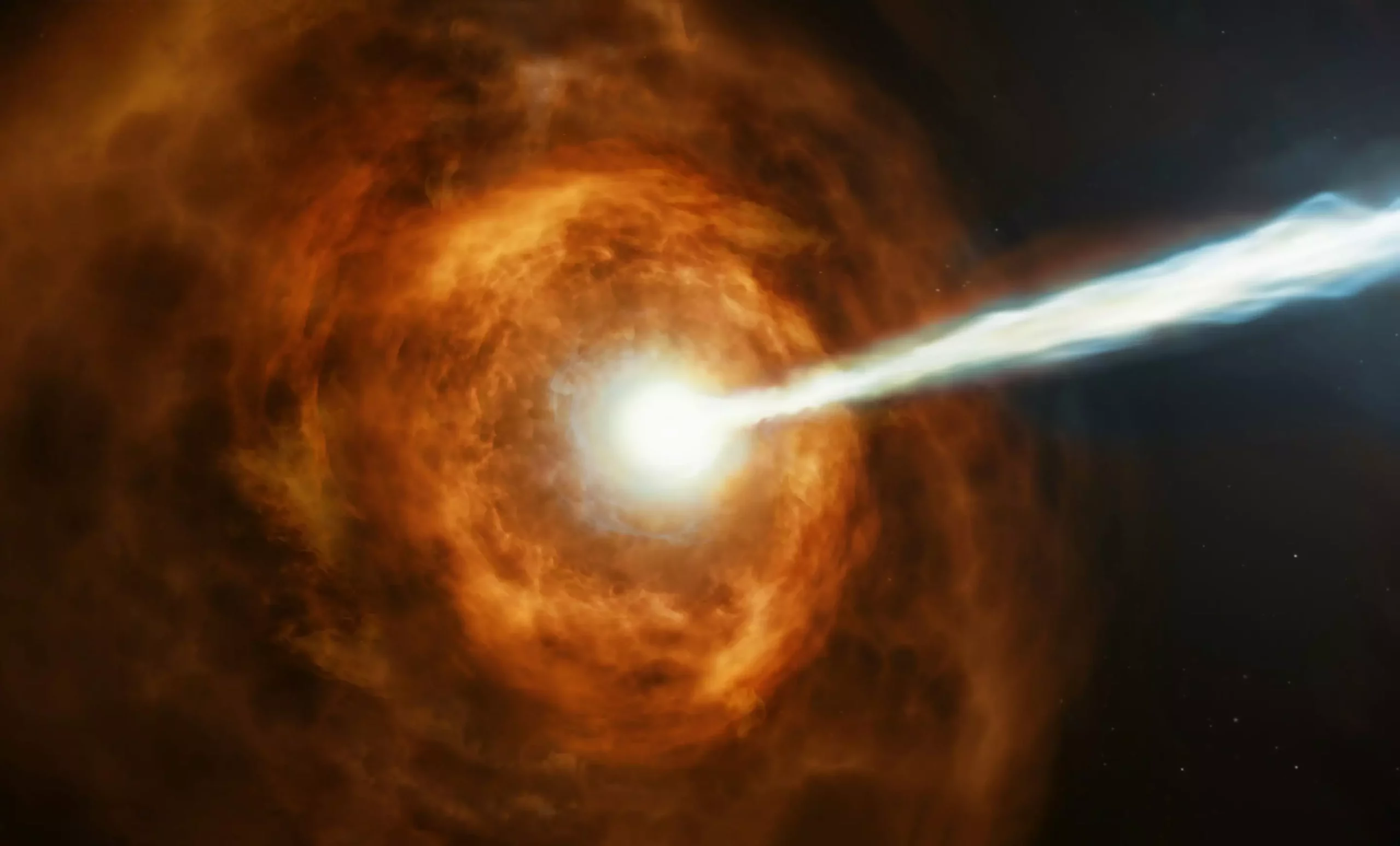Albert Einstein’s theory of relativity is built on two fundamental assumptions that have stood the test of time. The first assumption is that the laws of physics remain consistent for all observers moving in a straight line with no acceleration. This concept, known as “Lorentz invariance,” was inspired by the work of Dutch physicist Hendrik Lorentz in the late 1800s. It essentially posits that regardless of the velocity at which different observers are moving, the laws of physics will appear the same to all of them. This notion introduces the idea of an “inertial frame of reference,” where individuals moving relative to one another at different velocities in a vacuum will experience the same physical laws.
The second assumption of Einstein’s theory of relativity is that the speed of light is a universal constant. No matter the velocity of an observer or the direction in which they are traveling, the speed of light remains constant at about 300,000 kilometers per second. This means that even if two observers are moving at nearly the speed of light relative to each other, they will both measure the speed of light to be the same. This counterintuitive concept has been rigorously tested in various experiments and has held true in all cases.
A recent study conducted by a group of researchers from China delved into the concept of Lorentz invariance by analyzing the photons emitted from the most powerful gamma-ray burst ever observed. By observing the arrival times of these photons at a telescope, the researchers sought to determine if there were any deviations from Lorentz invariance at play. Surprisingly, their findings revealed that even photons of different frequencies arrived at the telescope simultaneously, indicating a confirmation of Lorentz invariance at high energy levels.
The study’s results have significant implications for theories of quantum gravity, which predict that at extremely high energy levels, the vacuum may not behave as an empty space but rather as a nonempty medium. This phenomenon is expected to occur near the Planck scale, where the laws of physics may need to be approached from a quantum mechanical perspective. By confirming Lorentz invariance at such elevated energy levels, the researchers have provided valuable insights into the behavior of the fundamental forces of the universe.
Moving forward, the researchers suggest that further observations of high-energy phenomena such as gamma-ray bursts could enhance our understanding of Lorentz invariance. By focusing on the prompt emission rather than the afterglow of such events, scientists may be able to refine their tests of Lorentz invariance and potentially uncover new insights into the nature of spacetime at extreme energy levels.
Einstein’s theory of relativity continues to be a cornerstone of modern physics, with its two key assumptions being reaffirmed by recent research efforts. By pushing the boundaries of our understanding of Lorentz invariance at high energies, scientists are opening new avenues for exploration in the realm of quantum gravity and fundamental physics.



Leave a Reply